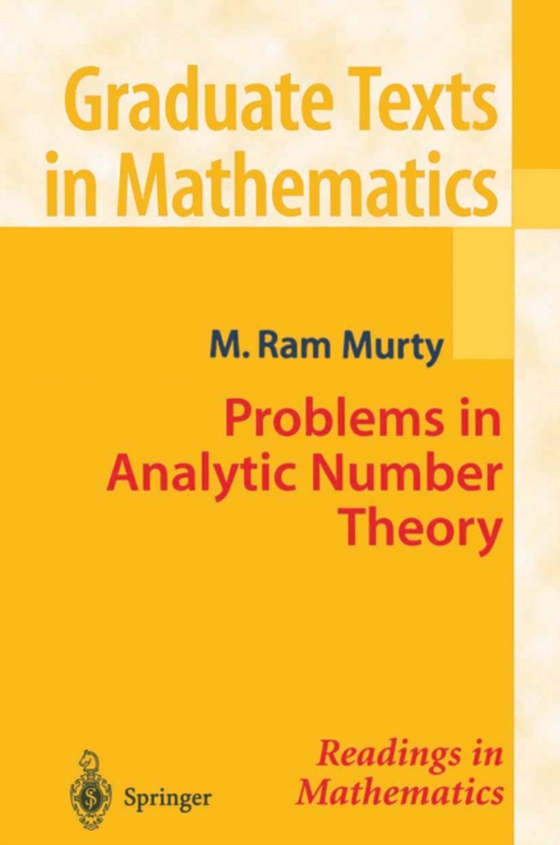
Problems in Analytic Number Theory e-bog
865,79 DKK
(ekskl. moms 692,63 DKK)
"e;In order to become proficient in mathematics, or in any subject,"e; writes Andre Weil, "e;the student must realize that most topics in- volve only a small number of basic ideas. "e; After learning these basic concepts and theorems, the student should "e;drill in routine exercises, by which the necessary reflexes in handling such concepts may be ac- quired. . . . There can...
E-bog
865,79 DKK
Forlag
Springer
Udgivet
29 juni 2013
Genrer
PBH
Sprog
English
Format
pdf
Beskyttelse
LCP
ISBN
9781475734416
"e;In order to become proficient in mathematics, or in any subject,"e; writes Andre Weil, "e;the student must realize that most topics in- volve only a small number of basic ideas. "e; After learning these basic concepts and theorems, the student should "e;drill in routine exercises, by which the necessary reflexes in handling such concepts may be ac- quired. . . . There can be no real understanding of the basic concepts of a mathematical theory without an ability to use them intelligently and apply them to specific problems. "e; Weil's insightfulobservation becomes especially important at the graduate and research level. It is the viewpoint of this book. Our goal is to acquaint the student with the methods of analytic number theory as rapidly as possible through examples and exercises. Any landmark theorem opens up a method of attacking other problems. Unless the student is able to sift out from the mass of theory the underlying techniques, his or her understanding will only be academic and not that of a participant in research. The prime number theorem has given rise to the rich Tauberian theory and a general method of Dirichlet series with which one can study the asymptotics of sequences. It has also motivated the development of sieve methods. We focus on this theme in the book. We also touch upon the emerging Selberg theory (in Chapter 8) and p-adic analytic number theory (in Chapter 10).
 Dansk
Dansk

